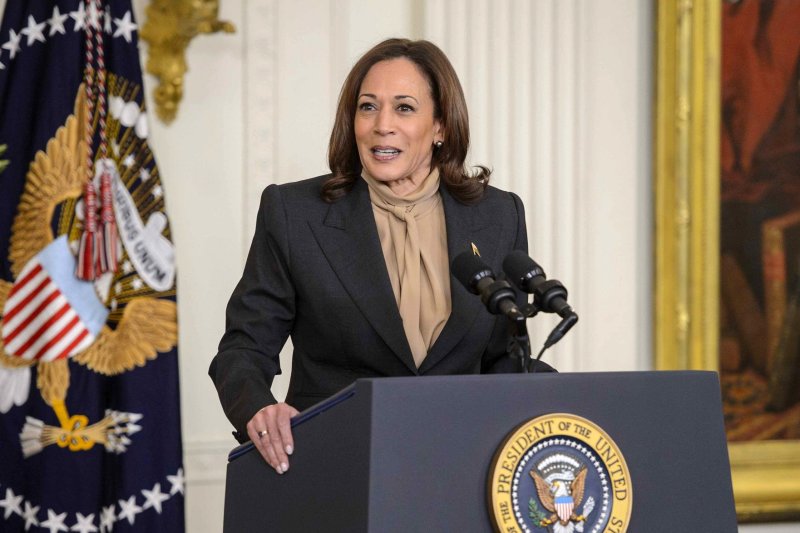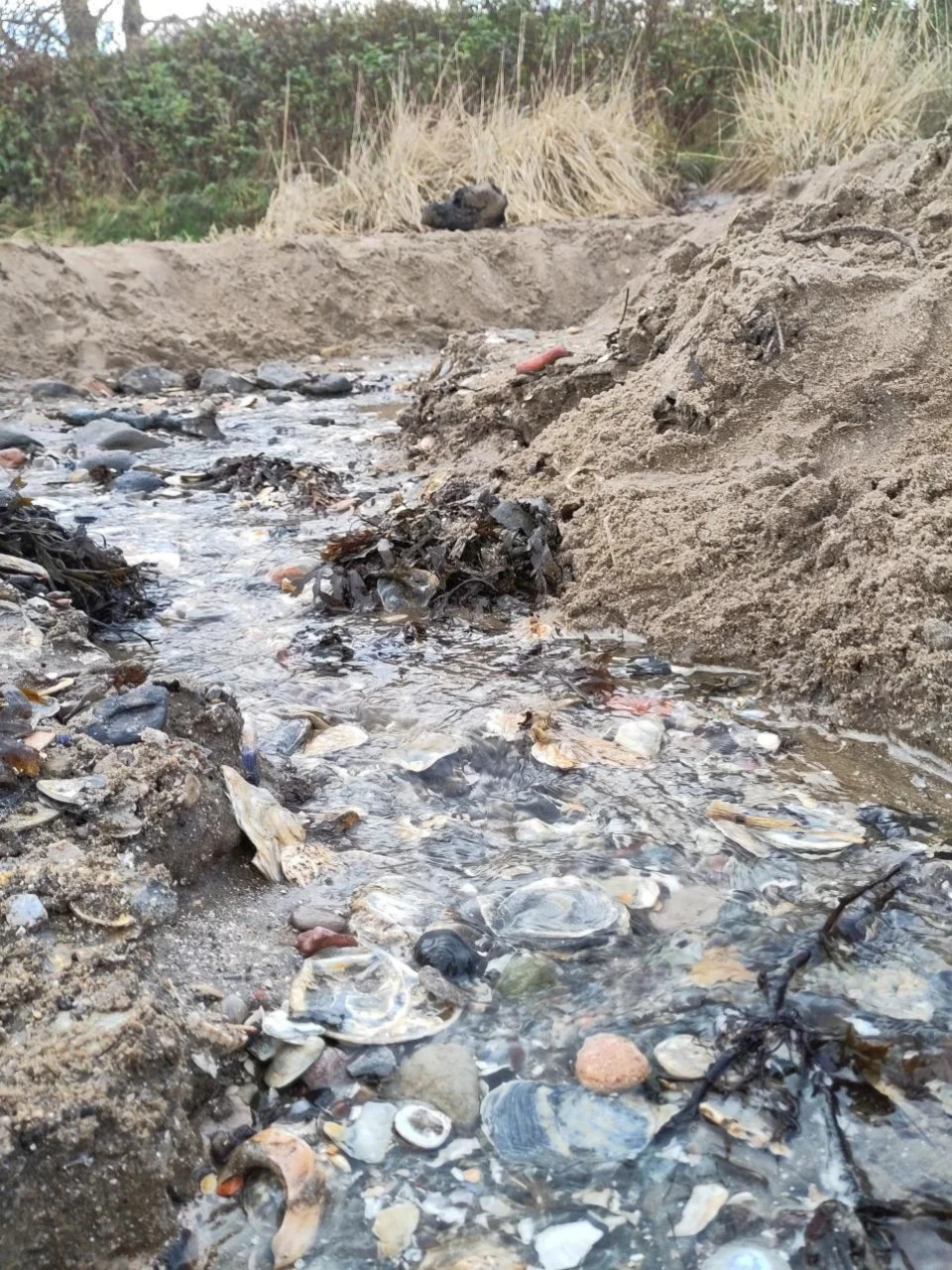Sens. Cruz, Manchin introduce bill opposing gas stove ban
ITS A LIE, THERE IS NO BAN

Sens. Ted Cruz, R-Texas, and Joe Manchin, D-W.Va., introduced legislation that would prohibit the government from banning gas stoves. File photo by A.J. Sisco/UPI | License Photo
Feb. 2 (UPI) -- Leaders from both sides of the U.S. political spectrum joined forces on Thursday to try to bar the federal government from banning gas-fired stoves, saying it was an example of federal overreach.
Richard Trumka Jr., a commissioner of the U.S. Consumer Product Safety Commission, said in January that gas stoves are a "hidden hazard," potentially releasing anything from carbon monoxide to formaldehyde into people's homes.
U.S. Sens. Joe Manchin, D-W.Va., and Ted Cruz, R-Texas, introduced legislation that would prohibit the safety commission from receiving federal funds to regulate new or existing gas stoves or for classifying stoves as a hazardous product.
The text of the two-page bill was published first by NBC.
RELATED Natural gas from cooking stoves contains hazardous air pollutants
Both leaders were quoted by the network as saying any proposal to limit consumer options was an example of federal overreach.
Manchin was quoted as saying the government has "no business" dictating how people cook at home, while Cruz said it was an example of some of the fringe proposals offered by what he considers his more liberal counterparts on the opposite side of the political spectrum."
Make no mistake, radical environmentalists want to stop Americans from using natural gas," Cruz said. "The Consumer Product Safety Commission's proposed ban on gas stoves is the latest egregious scaremongering by the far left and their Biden administration allies."
RELATED Study: Carbon monoxide deaths soar during power outages
About 35% of households in the United States use indoor gas stoves. As much as 13% of current childhood asthma in the country can be attributed to some of the chemicals associated with gas stove use, according to government statistics.
Samples, meanwhile, taken from the Boston area found at least 21 hazardous air pollutants, including benzene, toluene, ethylbenzene, xylene and hexane that could be linked to gas stoves.
Eric Lebel, a senior scientist with PSE Healthy Energy in Oakland, Calif., said the risks, however, may carry some caveats.
RELATED Biden announces support for Manchin's federal energy permitting plan
"There are many other compounding sources of nitrogen dioxide," Lebel said. "If you live next to a freeway, that's a big source of nitrogen dioxide. So it's hard to know how much of an issue that gas stoves are, in terms of the total impact on health concerns like asthma."
The White House is on the record as saying no plans exist to ban gas stoves, and the Consumer Product Safety Commission has said it wants to study the risks, but has no short-term plans to pursue a moratorium.

Sens. Ted Cruz, R-Texas, and Joe Manchin, D-W.Va., introduced legislation that would prohibit the government from banning gas stoves. File photo by A.J. Sisco/UPI | License Photo
Feb. 2 (UPI) -- Leaders from both sides of the U.S. political spectrum joined forces on Thursday to try to bar the federal government from banning gas-fired stoves, saying it was an example of federal overreach.
Richard Trumka Jr., a commissioner of the U.S. Consumer Product Safety Commission, said in January that gas stoves are a "hidden hazard," potentially releasing anything from carbon monoxide to formaldehyde into people's homes.
U.S. Sens. Joe Manchin, D-W.Va., and Ted Cruz, R-Texas, introduced legislation that would prohibit the safety commission from receiving federal funds to regulate new or existing gas stoves or for classifying stoves as a hazardous product.
The text of the two-page bill was published first by NBC.
RELATED Natural gas from cooking stoves contains hazardous air pollutants
Both leaders were quoted by the network as saying any proposal to limit consumer options was an example of federal overreach.
Manchin was quoted as saying the government has "no business" dictating how people cook at home, while Cruz said it was an example of some of the fringe proposals offered by what he considers his more liberal counterparts on the opposite side of the political spectrum."
Make no mistake, radical environmentalists want to stop Americans from using natural gas," Cruz said. "The Consumer Product Safety Commission's proposed ban on gas stoves is the latest egregious scaremongering by the far left and their Biden administration allies."
RELATED Study: Carbon monoxide deaths soar during power outages
About 35% of households in the United States use indoor gas stoves. As much as 13% of current childhood asthma in the country can be attributed to some of the chemicals associated with gas stove use, according to government statistics.
Samples, meanwhile, taken from the Boston area found at least 21 hazardous air pollutants, including benzene, toluene, ethylbenzene, xylene and hexane that could be linked to gas stoves.
Eric Lebel, a senior scientist with PSE Healthy Energy in Oakland, Calif., said the risks, however, may carry some caveats.
RELATED Biden announces support for Manchin's federal energy permitting plan
"There are many other compounding sources of nitrogen dioxide," Lebel said. "If you live next to a freeway, that's a big source of nitrogen dioxide. So it's hard to know how much of an issue that gas stoves are, in terms of the total impact on health concerns like asthma."
The White House is on the record as saying no plans exist to ban gas stoves, and the Consumer Product Safety Commission has said it wants to study the risks, but has no short-term plans to pursue a moratorium.





















